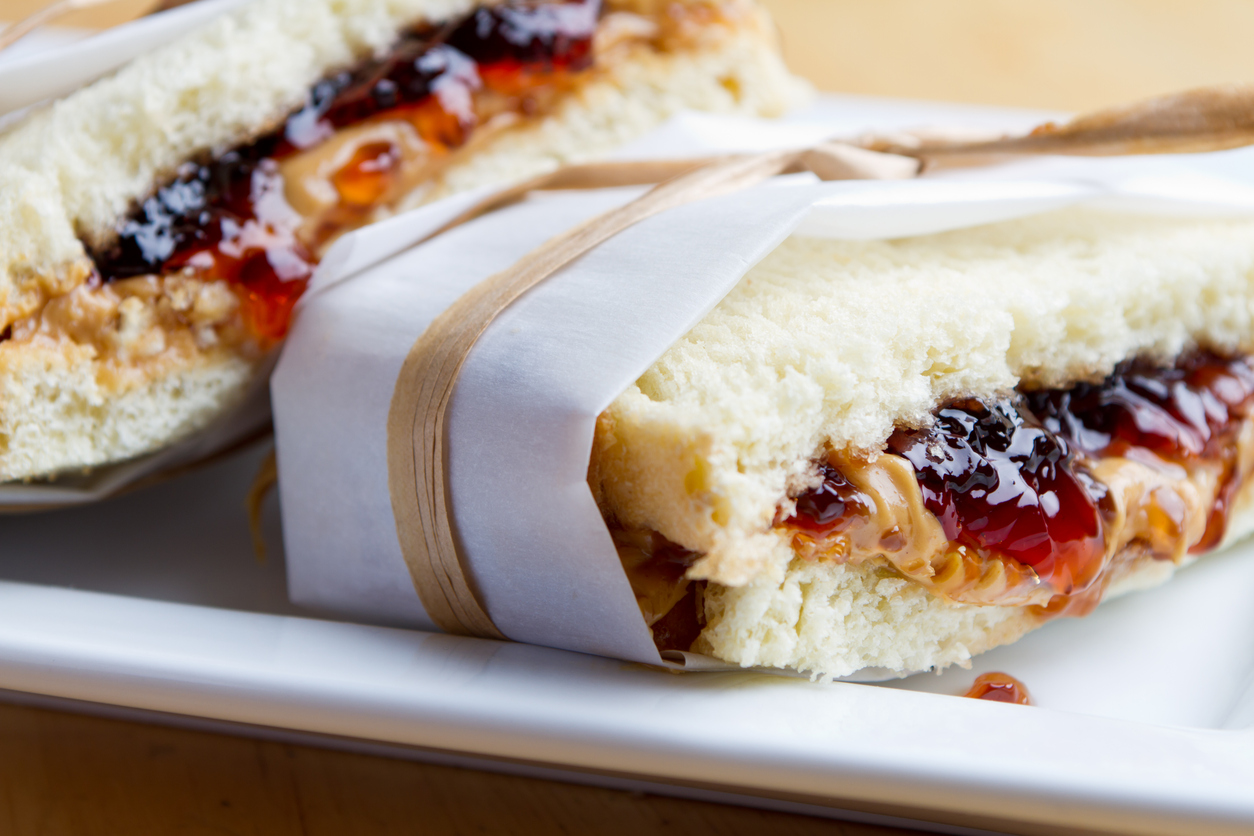Usually when people hear the word Diversity, the first thing they think of is race and gender, but Diversity is so much more than just these basic characteristics.
Merriam Webster defines Diversity as:
- the condition of having or being composed of differing elements : variety; especially : the inclusion of different types of people (such as people of different races or cultures) in a group or organization * programs intended to promote diversityin schools
- an instance of being composed of differing elements or qualities : an instance of being diverse * a diversity of opinion
I absolutely love that Webster includes the word, “inclusion” in the first definition, because as I always like to say, you can’t truly have diversity without having inclusion.
The two of these (Diversity & Inclusion) go hand in hand with one another, sort of like peanut butter goes with jelly or cereal with milk. They were meant to complement one another, and not compete.
It’s quite funny that I am mentioning peanut butter and jelly, when I don’t even care for peanut butter, nor do I eat it.
But if you think for a minute about peanut butter, there are several different types, there’s creamy, smooth, crunchy, chunky and even a white chocolate flavor which I imagine would be a wonderful treat for the peanut butter connoisseur!
Yet despite all of these incredible offerings, my preference is to not eat peanut butter, but that doesn’t mean I don’t have it in my home. You see my daughter eats it, literally straight out of the jar and my granddaughter loves it too!
But quite like diversity and inclusion, oftentimes you will find that with inclusion (opposite of exclusion) which means the act of including or, as I like to say, welcoming to all types of individuals, whether we agree with them (prefer) or not.
In society and the workplace, diversity can take on a variety of forms such as religion, age, physical ability (both invisible and visible), wealth or socioeconomic status, nationality, sexual preference, culture, heritage, politics, values, beliefs, learning styles, the list could go on and on.
As you can see just from the list above diversity can take on many forms and as it expands, you begin to see how differences and similarities can be shared amongst one another.
Many years ago, I shared an iteration of the following quote in a newsletter, I have modified it slightly as I believe it’s completely appropriate and relevant to the topic at hand:
“Diversity is not just about the differences and similarities that we share, it’s about embracing and understanding those differences and how each one of us brings a unique and significant perspective to the organization ‘and society’ that helps us to contribute to its overall success.”
Going back for a minute to the analogy about the peanut butter and jelly…
It would be silly of me to say to my daughter, you can’t eat peanut butter because I don’t eat it.
Now granted, I understand some people have very serious allergies to peanut butter, which could be extremely dangerous if brought around them.
However, peanut butter and people are two very different things and I don’t believe anyone would have an allergic reaction because they shared the same room with someone who was older or younger than them. Or perhaps had a different heritage, religion or educational background than they do.
But, in a sense, this is what people often do every day, when they take diversity for just face value and don’t take in account inclusion and all the many faceted areas of how this influences and impacts all of our lives.
When we begin to look beyond the surface of the person, or an iceberg as many practitioners reference diversity and inclusion, you will see a myriad and mosaic of underlying traits that make each of us who we are as unique individuals.
Understanding, valuing and appreciating each individual for who they are is what makes D&I work. It’s not until we can respect another person regardless of his or her beliefs and try to put aside our own judgements and biases will we be able to come together as a society.
As one passionate about Diversity & Inclusion, my hope is that one day the topic, conversations and outcomes that support a more inclusive society become as simple as eating a peanut butter and jelly or cereal with milk, it becomes a complement to one another.
Other articles you may be interested in:
- The Neighborhood by Tricia Medrano Bridges
- I Choose Love by Ami Evans
- The Importance Of Building Relationships For Young (And New) Managers by Danón Carter
- Initiate, Invest And Engage by Kristin Kaufman











